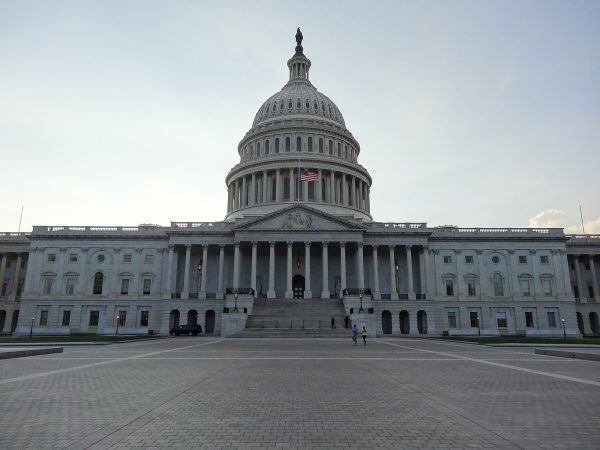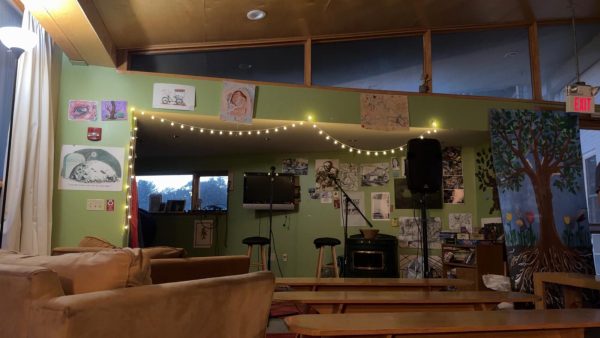Campus in Bloom for Spring
Stopping to look around campus, students will notice that the grounds have been filled with bright flowers and fresh mulch. According to Eric Vorodi, director of grounds, lots of work and effort goes into making the campus look like this each spring.
“Mostly what you’re seeing right now, the purple and yellow, is about a thousand pansies that went in about a month ago,” said Vorodi. Pansies are frost tolerant, so as soon as greenhouses make them available, Dickinson purchases and plants them. The pansies only last until the summer annuals are planted and the pansies are simultaneously removed. As Vorodi explained, “They are strictly to get spring color in.”
In addition to pansies and summer flowers, bulbs are planted in locations such as outside the Asbell Center. They will remain there for awhile, since bulbs are naturalizing. According to Vorodi, the types of flowers planted on campus are chosen for their durability:
“You don’t see a lot of tulips on campus because they don’t tend to last very long. Daffodils and narcissus are other naturalizing bulbs, those tend to last longer. So that’s why you see more daffodils than tulips or hyacinths or something like that.”
In terms of the new mulch, Dickinson has tractor-trailers deliver about 11 loads of mulch during this period of spring gardening. The deliveries occur about twice a week and each delivery carries 700 cubic yards of mulch. With about 10 people spreading mulch, each is said to spread roughly 70 cubic yards.
“The grounds crew is currently 11 full-time people, plus myself,” said Vorodi. “We will soon be hiring an assistant arborist to help our campus arborist, so we’ll be up to 12 full-time plus myself. In the summertime, we’ll have two student helpers and two part-time seasonal employees.”
With this being said, the 11 full-time ground crew members work forty hours a week to make the campus look the way it does. In addition to the spring planting, they are responsible for trash, recycling, custom requests, traffic signs and pest control in campus buildings.
According to Vorodi, there are about 130 buildings owned or leased by the school and most of them require some sort of grounds work. Even so, the priorities for color are said to be the high-traffic areas on campus. The primary reason behind this work, he said, is to influence prospective students, but another important reason is the enjoyment of students, faculty and staff on campus.
“This particular school has an interest in staff and student well-being and so a place that’s enjoyable to walk around contributes to people’s sense of well-being. They want to contribute to that impact,” added Vorodi.
An aspect of the grounds crew Vorodi remarked on was the knowledge each member holds. The former director of grounds placed a lot of emphasis on hiring people who were educated in their field and know how campus is maintained.
“At a glance, people might think what we do is mow grass and mulch trees, but there really is a lot of behind-the-scenes work that goes into making the campus look attractive,” said Vorodi. “From my observation of 25 years in the green industry and seeing grounds crews on other campuses, the grounds crew that exists here is fairly exceptional.”




